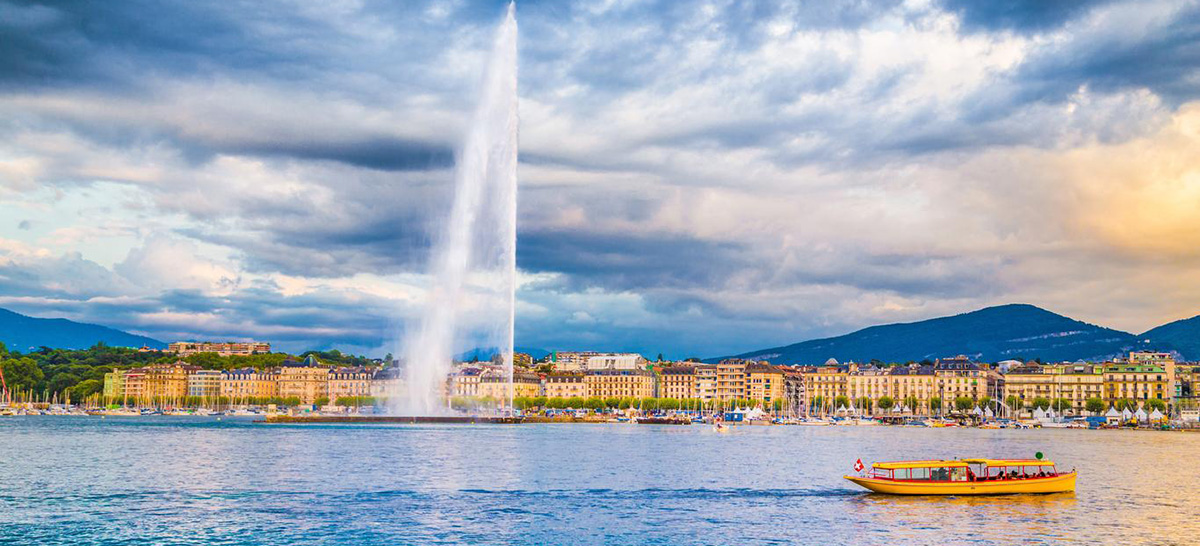
Visit Geneva in three days, it's possible? Of course. Behind Zürich this is the most populous city in Switzerland and it is also true of the French-speaking part of Switzerland. It is a beautiful, cultural city wherever you look at it, and if you go to visit Switzerland you cannot miss visiting it.
Are three days enough? Yes, for a first visit it is more than fine. Let's meet today, Geneva.
Geneva
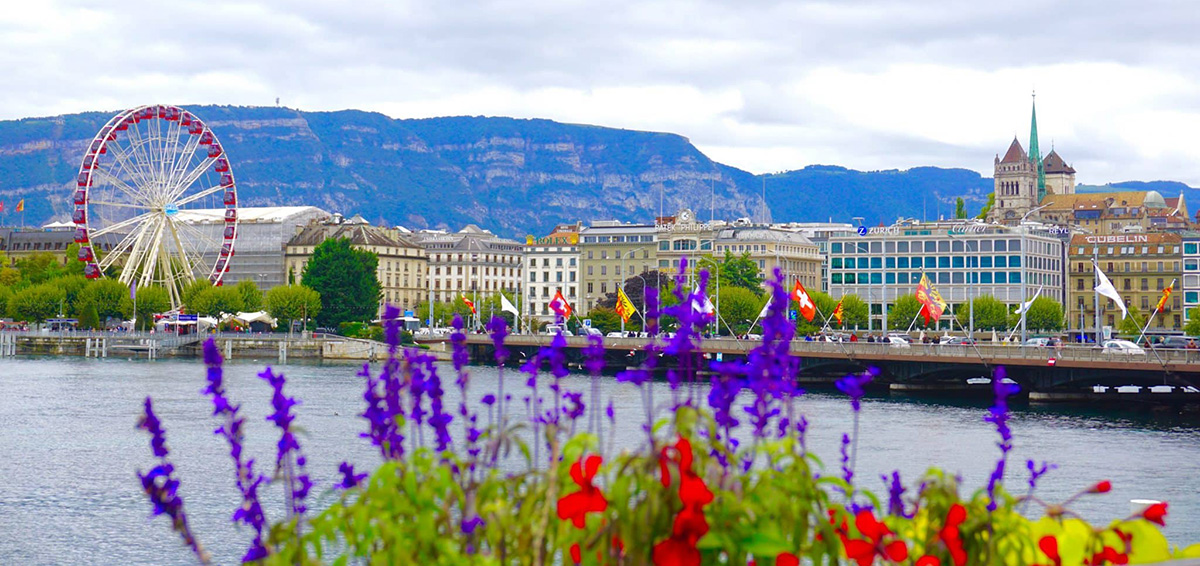
It is a city that It is located in the southwest of the country, where the Rhône River flows into Lake Geneva. It is the capital of the republic and the canton of Geneva and in the international diplomatic world it is the center of everything.
Geneva is what is called today a global city, a financial center, the center of international diplomacy and the headquarters of many institutions and agencies such as the Red Cross or United Nations.
It seems that the name Geneva comes from a Celtic word that means "mouth", in clear reference to the idea of an estuary. Centuries ago it was a border and fortified town because it lived in the shadow of the Swiss tribe.
Then the Romans arrived, around the year 121 BC, and he converted to the Christian faith also under this empire, but in its last days. Centuries later the city would see the emergence of John Calvin, the Protestant reformer.
What to see in Geneva: day 1
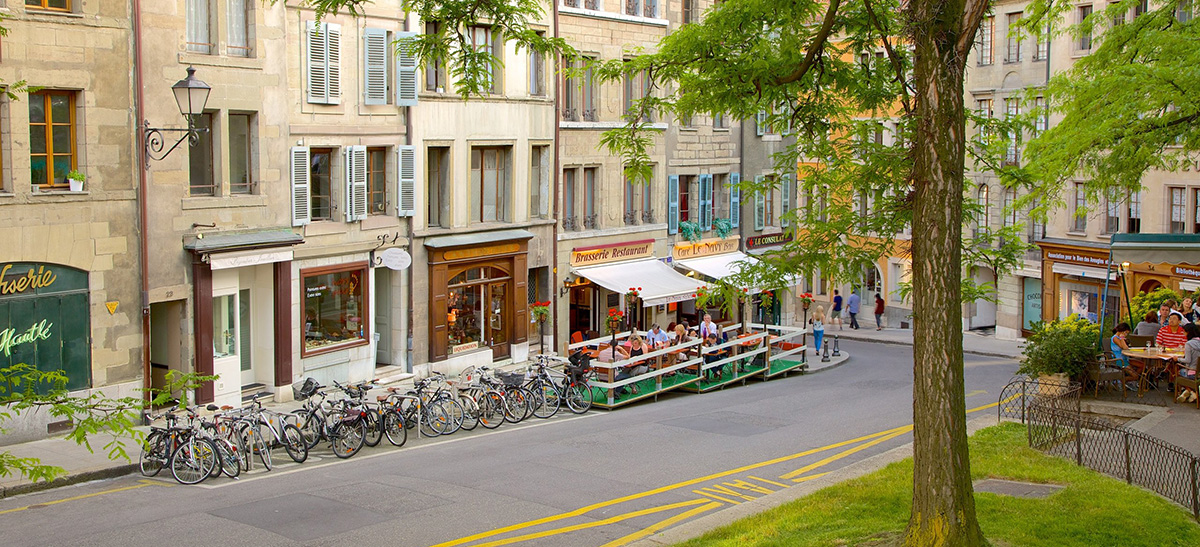
First things first: you have to get to know the historic center and observe local traditions. For that it is advisable to get the Geneva Pass, the tourist pass that opens doors at reduced prices to 40 attractions, including museums, cruises and guides.
El Old TownAs is often the case in any European city, it is charming if it has been well preserved. It is not a large place nor as consistent as other European historical centers, but the truth is that Old Geneva is a small charm, with its cobbled streets and old buildings.

We can know the L'horloge Fleurie, a beautiful floral clock in the English Garden that is located in the park that faces the lake, or walk along the Rue du Rhone, with luxury but beautiful shops to do window-shop.
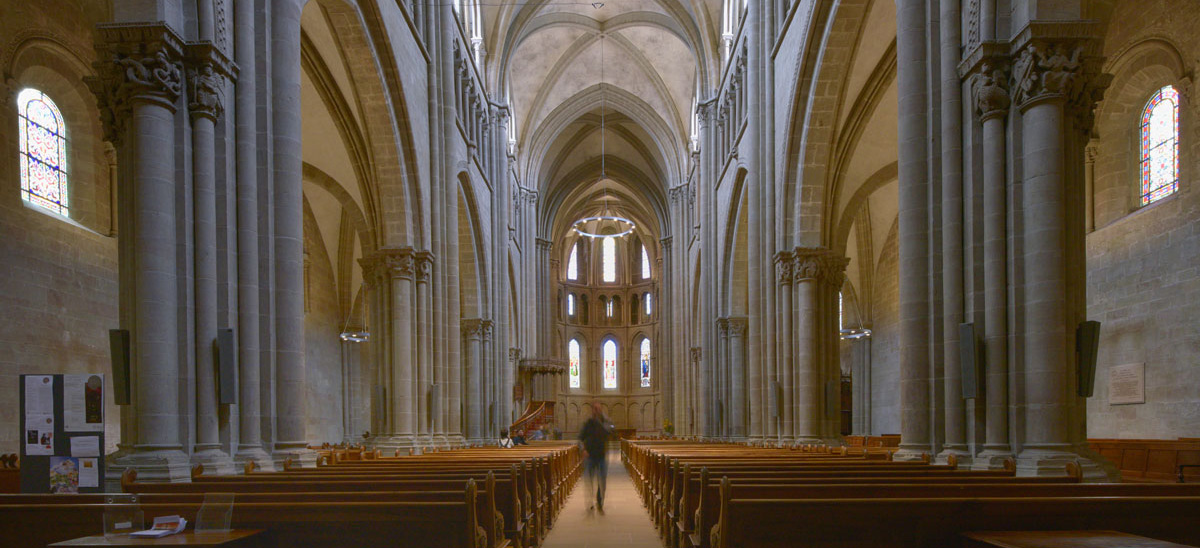
Another interesting stop is St. Pierre Cathedral, also known as St. Peter's Cathedral, located on a gentle hill in the heart of the old town. This church has a neoclassical facade which dates back to the 18th century, although most of the building was built in the 12th century in Gothic style.
And everything around will remind you of the figure of John Calvin. In fact, inside is the chair that belonged to him and in which he served from 1541 until his death in 1564. And in the crypt you can also see the remains of an old basilica or even climb its towers and contemplate the city.
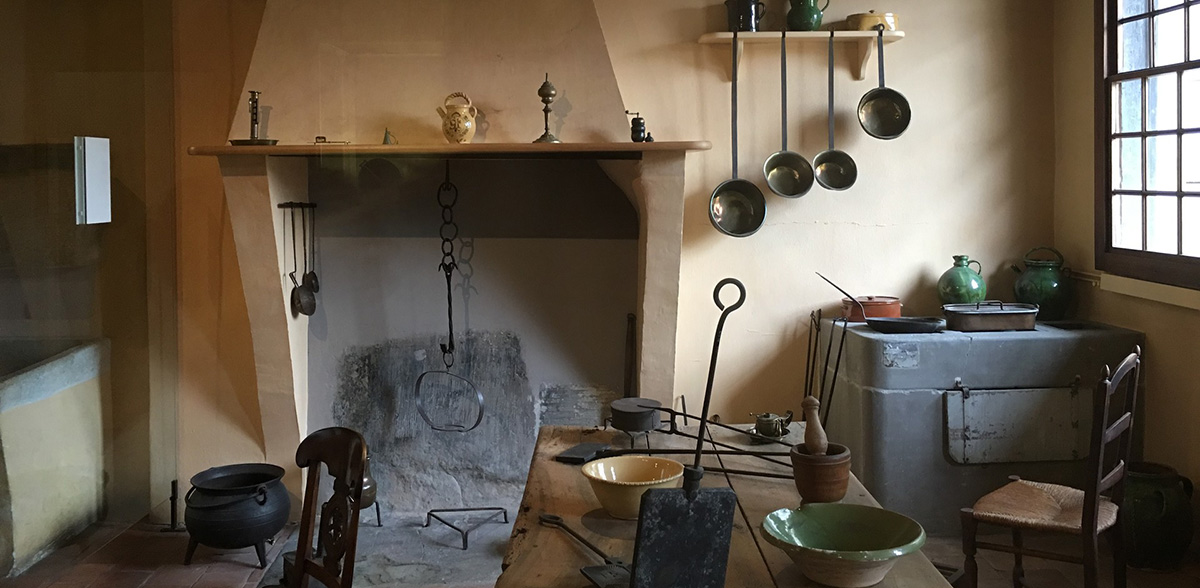
A few meters from the cathedral is the Maison Tavel, a historic residence which is now part of the Geneva Museum of Art and History. After the fire of 1334, the house was rebuilt in the XNUMXth century, and to this day It is the oldest private house in the entire city. You can visit it on a tour and enjoy a collection that reviews the history of the city through time.
The heart of the old town is the Place du Bourg-de-Four, the oldest square in Geneva and it is the site where the Roman market was formerly set up. Around it there are houses, today converted into charming cafes and restaurants.

Finally the Reformation Wall It's super popular. It is on the southwestern edge of Geneva's old town, in the Parc des Bastions. It seems like a war memorial, without many religious references, but it is not like that: it is a large stone monument that is dedicated to the Protestant Reformation and that shows us the most important figures of its development, for example John Calvin, although there are others.
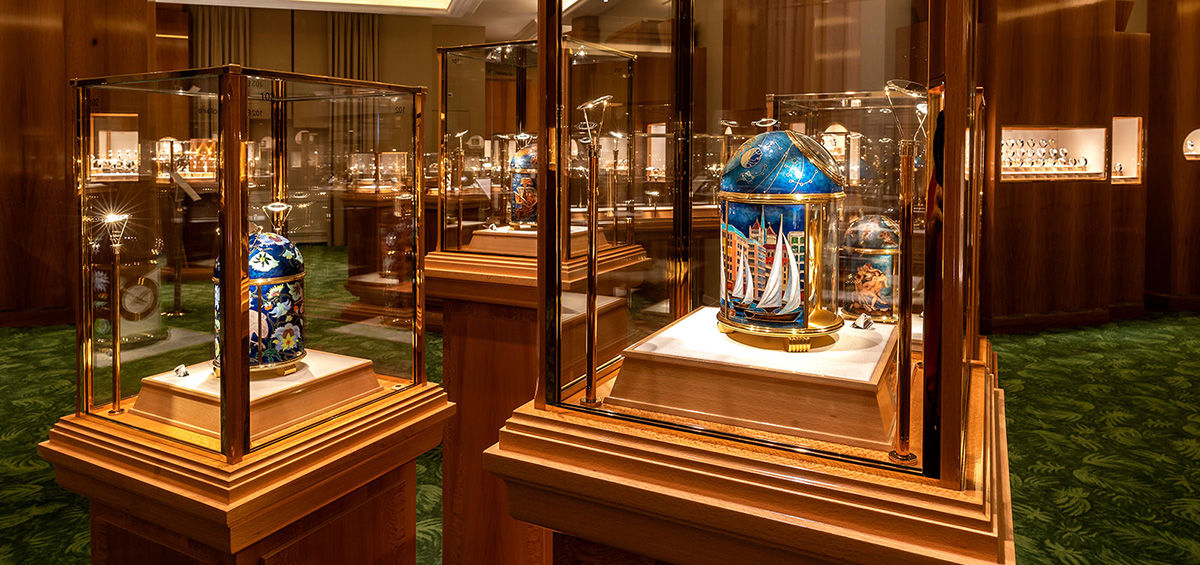
Finally, on this first day in Geneva you can visit one of its museums, since it has several. We spoke before Museum of Art and History, focused mostly on Swiss art but also with works by Cèzanne or Rembrandt, an archeology collection with mummies from Egypt and more antiquities. In the old town there is also the Barbier-Mueller Museum, International Museum of the Reformation, MAMCO, dedicated to contemporary art or Patek Philippe Museum, with five centuries of watchmaking.
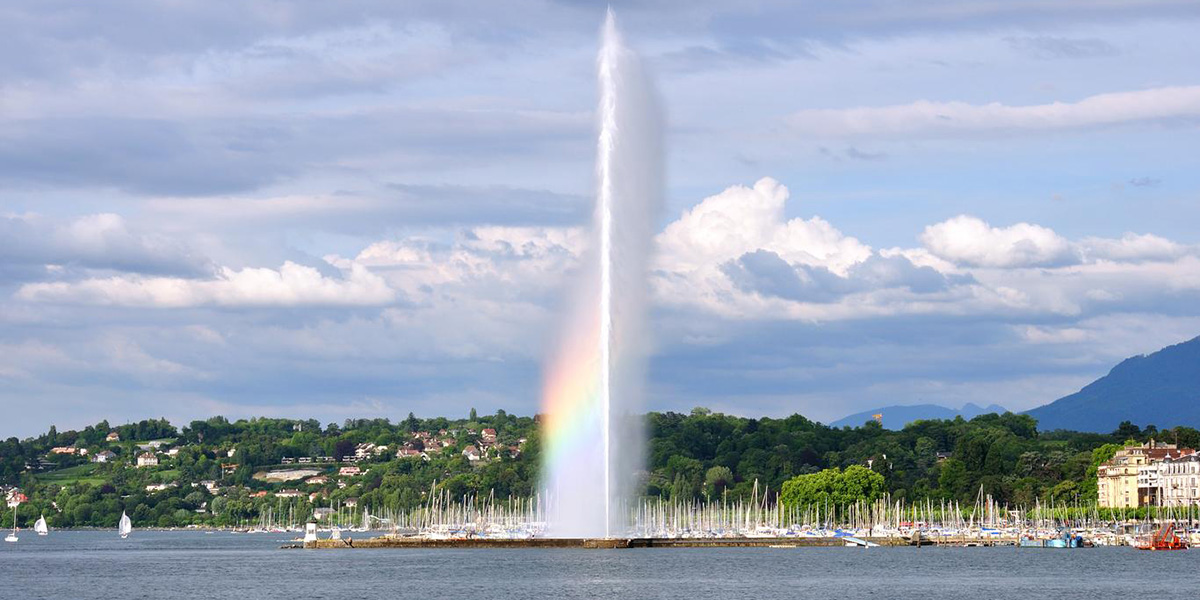
El Jet d'Eau It is a powerful source that time has turned into a city icon: the jet shoots until it reaches 140 meters high and the best place to contemplate this wonder is the Lake Walk, all along the south side of the payment. And if you want to see it closer you can take a Moutte taxi boat from the other shore.
What to see in Geneva: day 2
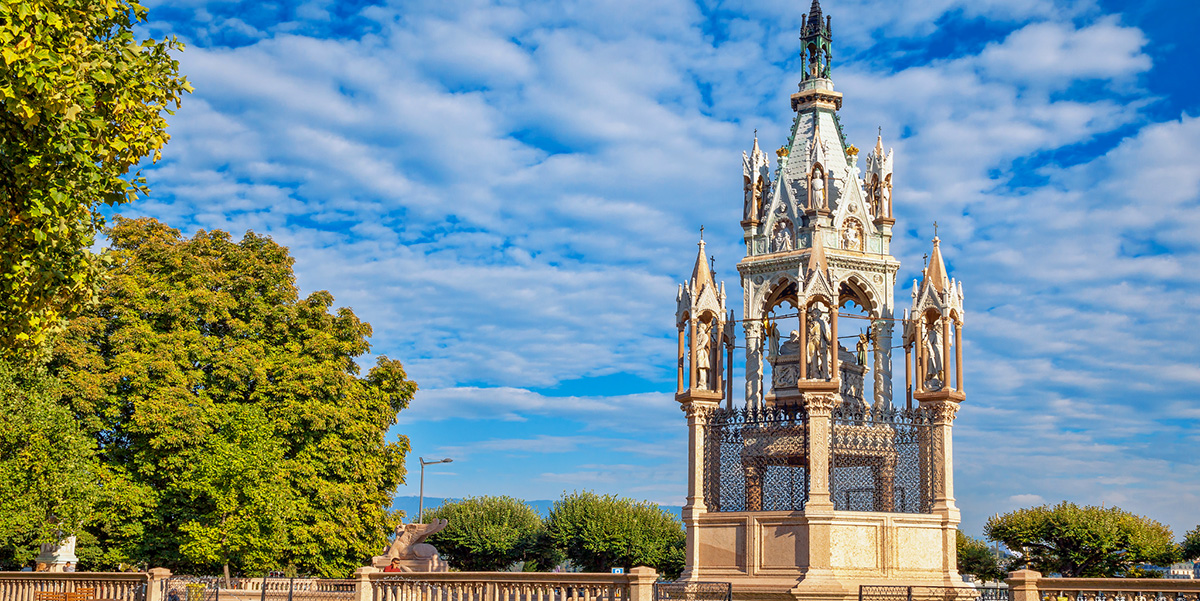
On the other side of the Rhône River and following the route of the lake coast to the north you reach the Brunswick Monument. It is a Gothic-style mausoleum, a replica of the tomb of the Scaliger family in Verona. It was built by the Duke of Brunswick and on his death his fortune was given to the city on the condition that he had a grand funeral and a monument in his name. Quite vain...
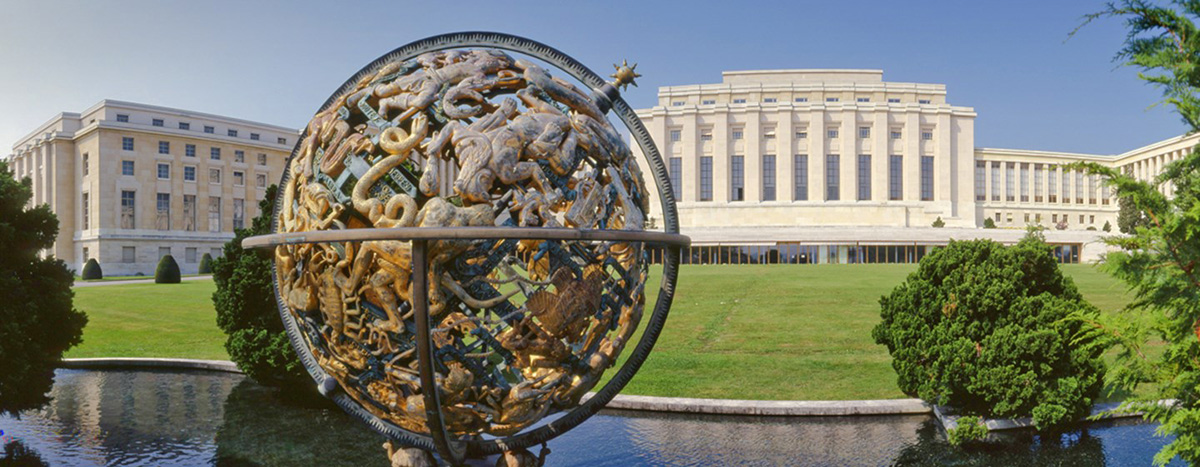
El Palace of Nations is where the United Nations headquarters and you can see some of its offices, chambers and rooms. You can sign up for the guided tour ahead of time, and they generally include a walk through the old part of the city.
Outside the Palace of Nations you can see the Broken chair, with three legs. It is a huge modern artwork symbolizing protest against the use of landmines and bombs. Bill Quartier des Grottes It is in the city center, near the Geneva Cornavin station.
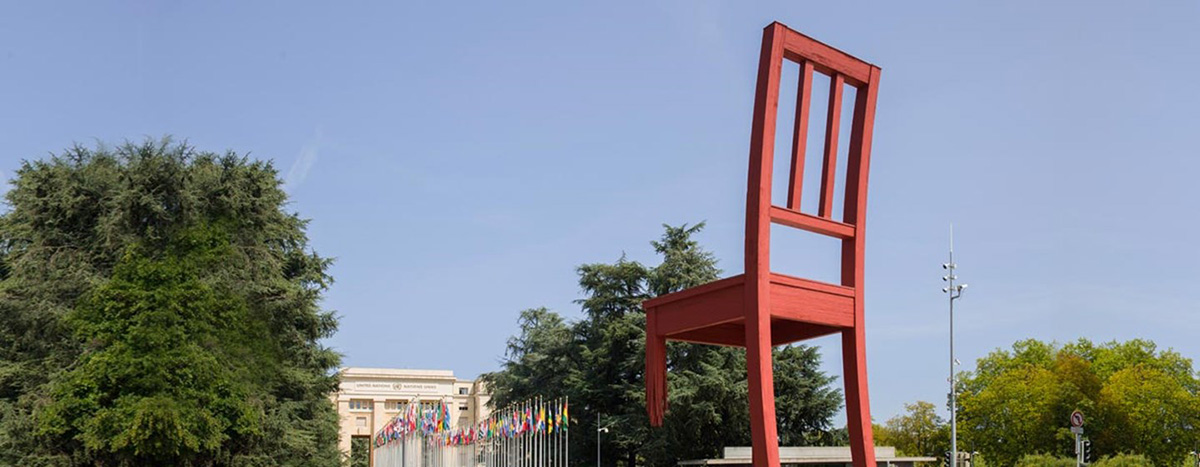
It is a popular neighborhood that once had a reputation for being difficult, for being rough, back in the '60s, but which has undergone transformations since then. Today it is an ideal place for a walk, its buildings are from the '80s, colorful and modern, and there are those who They compare it with Barcelona. The heart of the neighborhood is called The Smurfs, the Smurfs, for their unconventional buildings.
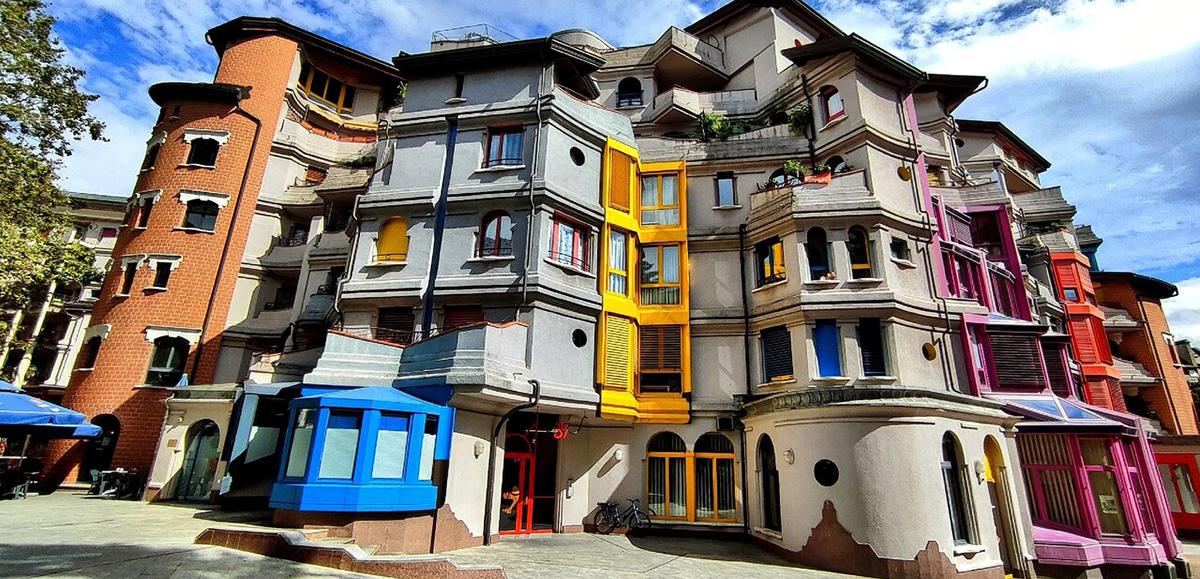
The European nuclear research laboratory, the famous CERN, is also in Geneva. Here is the particle collider, the largest and most powerful particle accelerator in the world. You can go and meet him, do the tour and get to know the museum. Obviously, you can't see the device itself, but at least you can be close.

El Carouge neighborhood It is south of the city center. It was once a town separate from Geneva with clear Italian influences. In fact, It looks like a little Mediterranean town. It is very pretty to explore, with its bookstores, cafes and antique shops. Let's say you have bohemian airs.
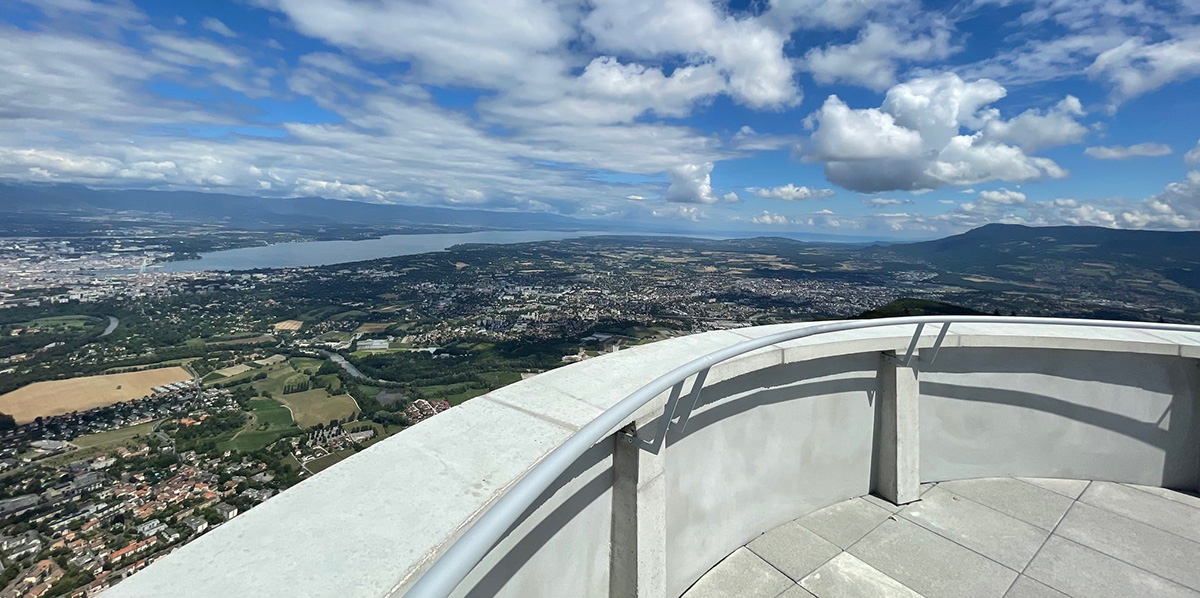
Mont Saleve It has great views of Geneva. Is a mountain 1100 meters high and the truth is that it is a very good place to end the second day, because the views are great: the Alps, Geneva and the lake. You take a cable car, five minutes of glory.
What to see in Geneva: day 3

Perhaps this third day is convenient for get out of the city a bit and do Day Trips. The city of Lausanne It is also on the coast of Lake Geneva. Its old town is very beautiful and you can see the Lausanne Cathedral, the Palais de Rumine, the Place d ela Palud, the Escaliers du Marché, the Musèe de l'Èlysèe and the Olympic Museum.
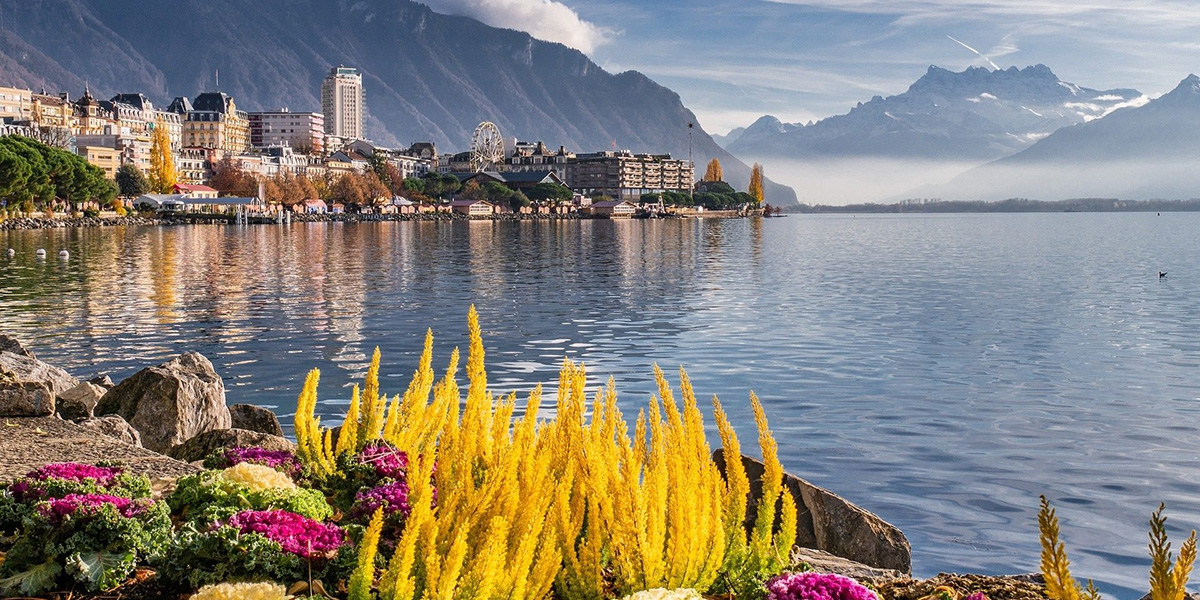
La Swiss Riviera It is another possible destination on the third day of Geneva, on the shore of the lake. You can know Montreux, the largest town here, with its iconic boardwalk and the beautiful Chillon Castle. It is also Vevey, with its Belle Époque hotels and the Lavaux vineyard-studded terraces.
Y if you cross into France you have at hand Annecy, with its picturesque canals and its old town, the so-called "Venice of the Alps".